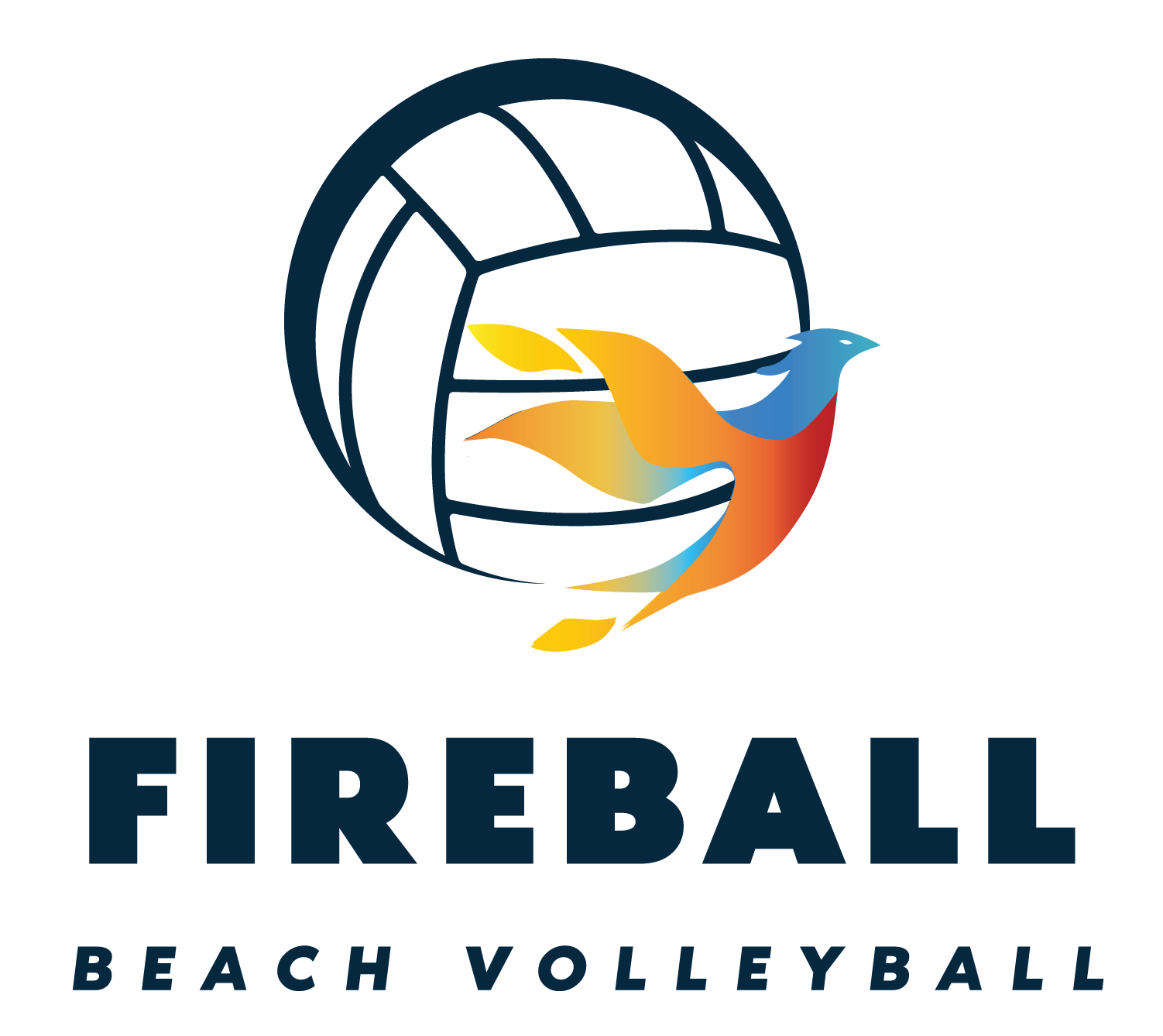
In the fast-paced world of beach volleyball, communication between players is crucial to achieve optimal coordination and teamwork. While verbal communication is essential, the sandy court, fatigue and loud crowd can often make it challenging to hear each other clearly. This is where hand signals come into play – a universal language that allows beach volleyball players to convey tactical strategies and coordinate movements efficiently. In this blog, we’ll delve into the world of beach volleyball hand signals, exploring their significance, common signals used, and how they can elevate your game to new heights.
The Importance of Hand Signals
Effective communication can be a game-changer in beach volleyball, and hand signals are a vital component of this non-verbal language. They enable players to convey complex ideas quickly and discreetly during fast-paced rallies without alerting the opposition. Hand signals also serve to maintain a competitive advantage, as opponents won’t be able to eavesdrop on your team’s plans. Hand signals in beach volleyball also make it easier to play strategically with a variety of partners, allowing new partnerships to form more effectively and effortlessly. As your level of volleyball improves or as you develop a consistent partnership some hand signals may evolve based on your desired style of play or your technical and tactical goals. Before we get into the specifics lets decipher the basics.
When a player shows a signal behind their back it is to communicate what their block and defensive play will be. This most commonly happens when a team is serving, since they will be defending imminently, however some teams also signal during rallies. When a team is serving you may see a player flash one of their signals, this means to serve that person. Each hand behind the players back corresponds to the player on the other side. The sign on your right hand corresponds to the right side of the court (the athlete playing left side), and the sign on your left hand corresponds to the left side of the court (the athlete playing right side). Confused yet?!?! Stick with me and we will figure this out together.
Now we’ve opened the box of signal secrets, lets dive in and decode the numbers and signals.
Signalling a Line Block/Defense
This block and defense play is the most common in beach volleyball. It is shown by a single finger being placed behind the back. It means that the blocker is going to block line, whilst the defender simultaneously plays defense in the angle. But what if the opponents set off the net and there’s no need for your block?! Well, this signal also shows that the blocker will pull line, if this situation occurs, so you can both play defense and cover the most court possible!
Signalling a Cross Block/Defense
A cross block and defense play is the next most common defensive strategy in beach volleyball. This is a 2-finger signal, it looks just like a peace sign only its behind your back! This signal means that the blocker is blocking the attackers cross (this also can be called blocking the attacker’s angle) and the defender will slide into the attacker’s line to defend the line. Again, if the scenario occurs in which the blocker needs to pull off the net, they will pull in the cross-court direction.
So now you’re a master of the basic beach volleyball signals, so let’s turn it up a notch!
Signalling a ‘3’ Block/Defense
Signalling 3 fingers behind your back means that the blocker is going to start in a neutral position and then dive block towards the attacker’s line. At the same time the defender is starting neutral (towards the middle of the court) and then popping out into the angle to defend the hard angle swing and cut shot. This is a highly strategic play and relies heavily on timing. The goal is to bait your opponent into thinking the line is open for a hard swing. If your bait is successful, the attacker will swing into your block or into your defender’s lap in the angle.
Signalling a ‘4’ Block/Defense
The easiest way to understand this block/defense call is to think of it as the opposite of a 3 signal. It is shown by displaying 4 fingers behind your back. For this play the blocker will start neutral and then dive towards the angle. When this is happening, the defender is starting in the cross court and then sliding late into the attacker’s line, much like a 2 block, however the timing is just slightly later. Again, the goal of this block/defense strategy is to bait the attacker into thinking they have an open angle to hit into. If the bait is good enough, they will swing into your block, or hit/shoot line for your defender to dig.
These are just some of the hand signals used for beach volleyball. From beginner to Olympic level the signals remain similar however the timings, deception, and execution of the block/defence plays become more creative and consistent. Use this information to improve your own game or share it with friends and family so they can enjoy the game on a deeper level (plus now they will know you’re not just giving the peace sign every time you block angle!).
We did it, we unravelled the secrets of beach volleyball signalling. So go try them on the sand and watch your opponent’s puzzlement grow! We can’t wait to hear how this blog has elevated your game so please leave any success stories or questions in the comment section below!
Thank you!







